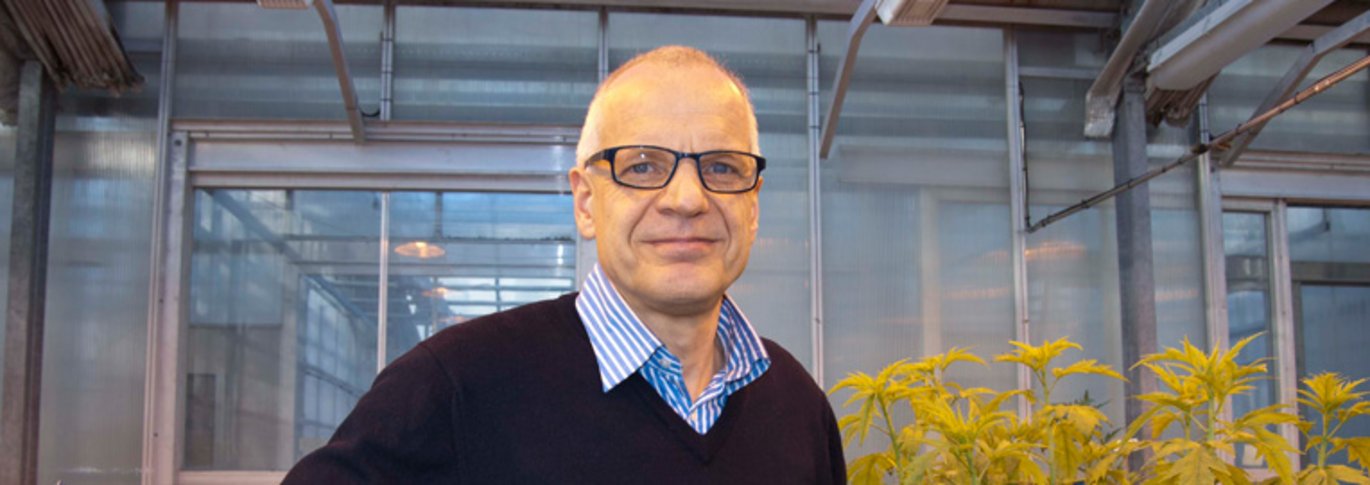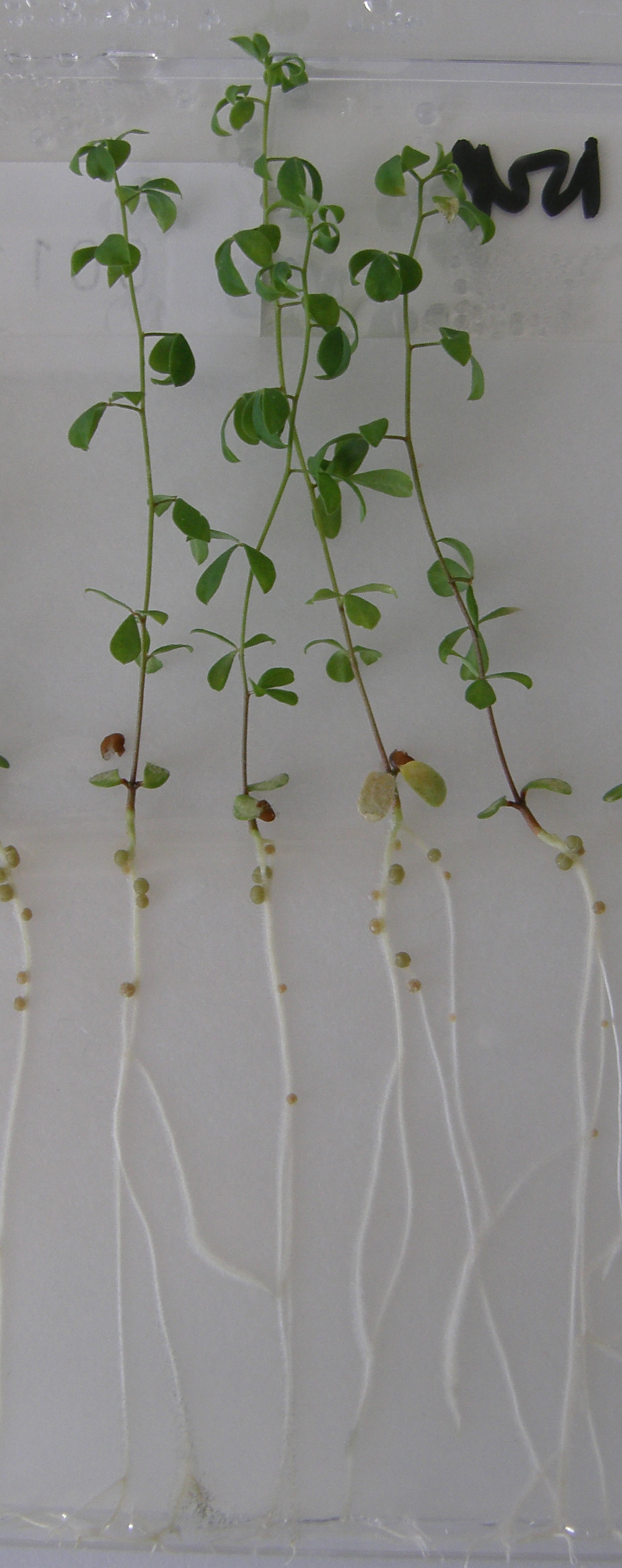Super maize can put sustainable food on the table
A new research project financed by the Bill & Melinda Gates Foundation should pave the way towards a cheap and sustainable solution to some of Africa’s food problems. Researchers at Aarhus University are involved in the efforts to develop maize that can create its own fertiliser. On a global scale, this could lead to a reduction in the use of artificial fertilisers and thereby less environmental pollution.



Crop yields are often much too small for African farmers, who cannot afford artificial fertilisers. It is hard to feed their families, let alone make a profit out of farming. However, if the maize the farmers grow could provide its own fertiliser, yields would soon increase and there would also be less hunger. This is no longer wishful thinking, but is a prospect that scientists are actually working towards – including researchers at Aarhus University.
Even a little development has a great effect
Professor Jens Stougaard spearheads a research team that has already discovered how legumes are capable of establishing symbiosis with bacteria that can use nitrogen in the air so that the plant – to put it simply – creates its own fertiliser.
In collaboration with international colleagues, the team is now in the process of studying how this mechanism can be transferred to cereal plants such as maize. Maize was chosen because it is the main source of nutrition in the sub-Saharan regions.
“There’s an enormous need for alternative methods of fertilisation that are cheap and environmentally responsible, so we can provide sustainable food production for the future global population. Even a small increase in the amount of nitrogen the plants get will have a major impact and be more valuable in large parts of Africa,” says Professor Allen G. Good, a plant researcher at the University of Alberta, Canada.
Gates funds working for a better harvest
Research into the self-fertilising maize is being carried out under the auspices of the Bill & Melinda Gates Foundation, which has granted almost USD 10 million to the international research team working to create symbiosis between cereal crops such as maize and nitrogen-fixing bacteria. The project is called Engineering Nitrogen Symbiosis for Africa (abbreviated to ENSA).
The symbiosis will make it possible for the maize to obtain nitrogen from the air. A ‘natural fertilisation package’ will get the maize to provide greater yields, and thereby put more food on the table for small-scale African farmers who grow crops to feed their own families and the local community. This type of farming is widespread in many parts of Africa.
“We need innovation for farmers to increase their productivity in a sustainable way so that they can lift themselves and their families out of poverty,” says Senior Program Officer Katherine Kahn, Bill & Melinda Gates Foundation. “Improving access to nitrogen could dramatically boost the crop yields of farmers in Africa,” she adds.
Research behind innovation
If the project is successful, the method will be both cheap and sustainable for the farmers. Cheap, because the fertiliser mechanism is built into the grain they already use. Sustainable, because using a fertiliser is unnecessary, thereby avoiding environmental pollution.
“This is an example of years of basic research now leading to innovative, applied research that can be of great importance for many people,” says Professor Jens Stougaard, Aarhus University. “A decade of research into legume genetics has shown us the basic mechanism that enables legumes to establish symbiosis with rhizobium bacteria, and this is the foundation ENSA is building on,” he adds.
“In many ways, this is a ‘man on the moon’ project with its many challenges,” continues Professor Stougaard. “But the prospects are great in a world where the population is growing and there’s increasing pressure on resources,” he concludes.
Even small increases in the nitrogen level could improve yields for African farmers who cannot afford fertiliser, and the aim is to deliver the technology through locally produced seeds.
In the longer term, the results could have substantial impact worldwide, since it might reduce – or even eliminate – the use of artificial fertilisers and thereby reduce environmental pollution.
For more information, please contact
Professor Jens Stougaard
Department of Molecular Biology and Genetics
Aarhus University, Denmark
+45 6020 2649 – stougaard@mb.au.dk
